One of reasons why Kanban Leadership Retreat (KLRAT) is such an awesome event is that it pushes our understanding of Kanban to a new level. No surprise that after the retreat there’s going to be much content related our work in Mayrhofen published here.
One of sessions was at KLRAT was dedicated to sort out the Kanban landscape – how we position different Kanban implementations in terms of both depth and scale.
Here’s the outcome of the session
To roughly guide you through what’s there: the axes are maturity and scale. Maturity would differentiate implementations that are shallow and use only parts of Kanban from those that are characterized by deep understanding of principles and practices. Scale, on the other hand, represents a spectrum that starts with a single person and ends with all the operations performed by an organization.
If we use scale as staring point we would start with Personal Kanban. If you ask me I believe that the range of depths of Personal Kanban applications should be wider (thus a bit taller area highlighted on the following picture), but I guess it’s not who should take the stance here.
Then we have the whole lot of different Kanban applications on a team and a cross-team level. For most of attendees this was probably the most interesting part and I guess there will be much discussion about this part across the community.
For me though a more thought-provoking bit was the last part (which by the way got pretty little coverage in discussion): Portfolio Kanban. After all, this is my recent area of interest.
Since we didn’t have enough time to sort out all the details during the session the final landscape was a sort of follow-up. Anyway, my first thought about the whole picture was that the range of depth of Portfolio Kanban implementation should be broader.
Given a simple fact that limiting work in progress on portfolio level is tricky at best, many teams start simply with visualization. Of course I don’t have anything against visualization. In fact, I consider visual management, which is implementation of the first Kanban practice, a tool that allows harvesting low-hanging fruits easily. In terms of improvements on portfolio level low-hanging fruits are rarely, if ever, a scarce resource.
Having said that, Portfolio Kanban or not, I don’t consider visual management a very mature or deep Kanban implementation. That’s why my instant reaction was that we should cover less mature implementations on portfolio level too.
That’s not all though. When we think about shallow Portfolio Kanban implementations, e.g. visualization and not much more, we should also think about the scale. It’s a quite frequent scenario that we start visualizing only a part of work that is done across the organization, e.g. one division or one product line. From this perspective, such implementations are closer to multi-service scale than to full-blown portfolio context.
That’s why I believe Portfolio Kanban implementations should cover even broader area, especially when we talk about low-maturity cases.
Finally, the picture would cover different Portfolio Kanban implementation I know. I guess this might mean that, in some point of future, we will go into more detail talking about maturity and scale of Portfolio Kanban implementations. However, as for now I think it is enough.
Interestingly enough the area I propose for a portfolio level implementations covers much of whitespace we’ve had on the picture. It is aligned with my general perception of Kanban as a method that can be scaled very flexibly throughout the broad spectrum of applications.
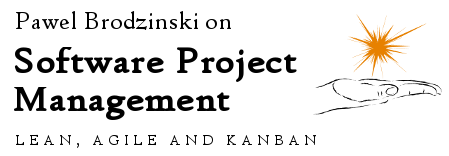

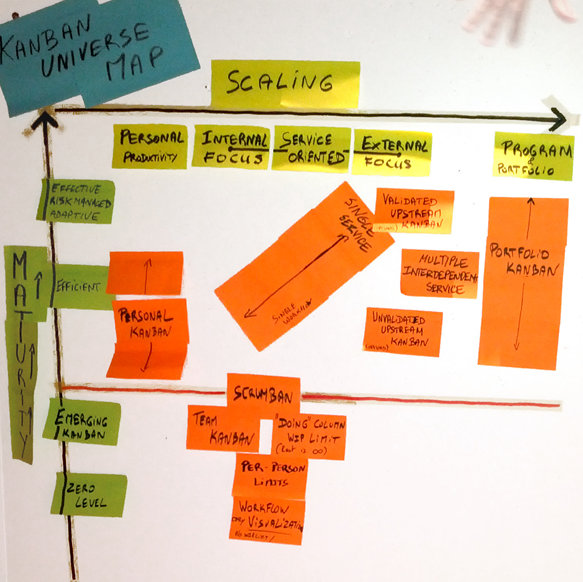
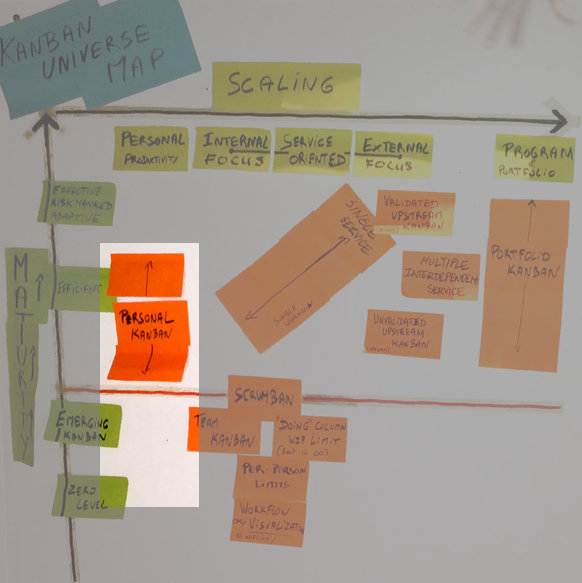
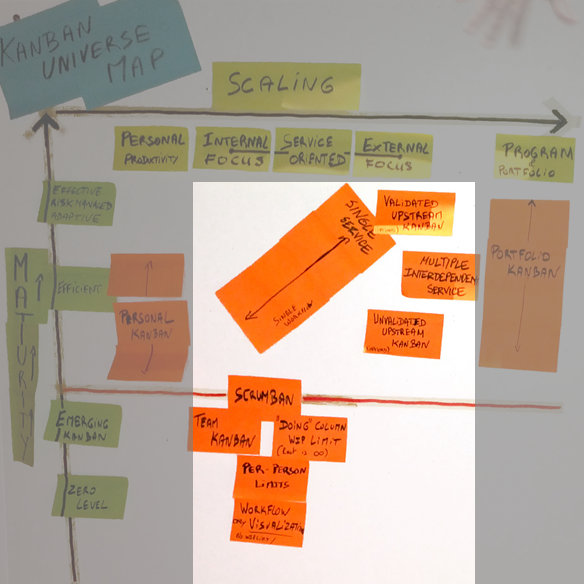
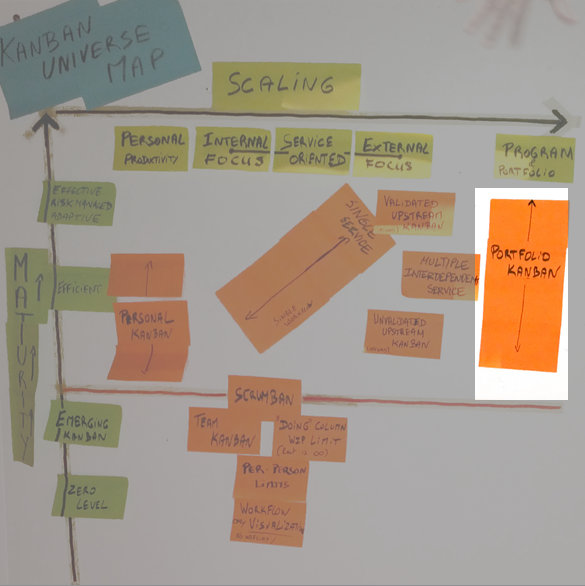
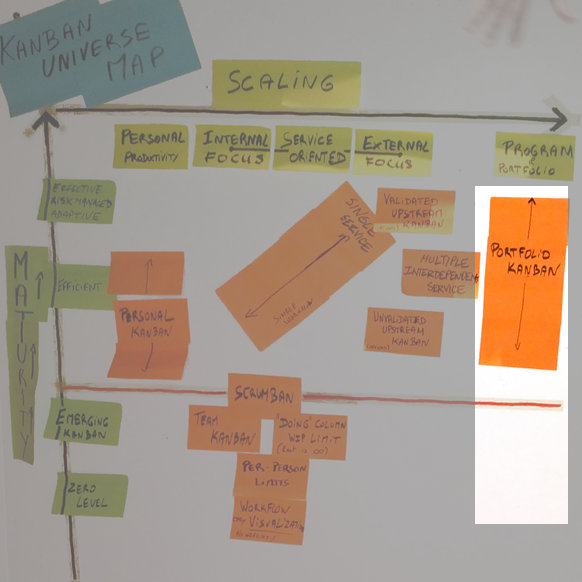
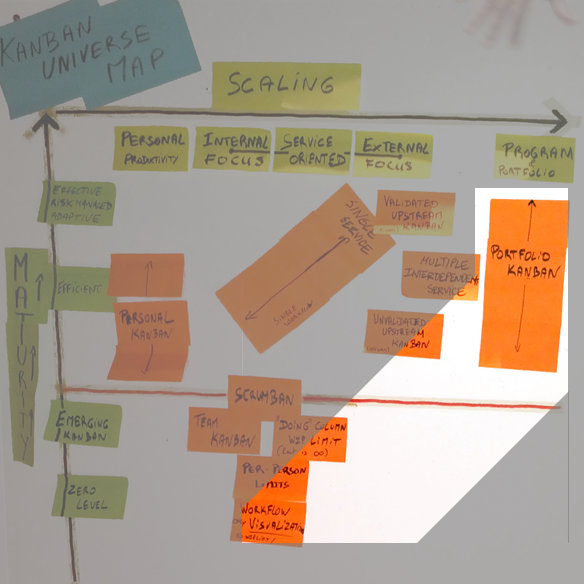
 Subscribe RSS feed
Subscribe RSS feed Follow on Twitter
Follow on Twitter Subscribe by email
Subscribe by email



0 comments… add one